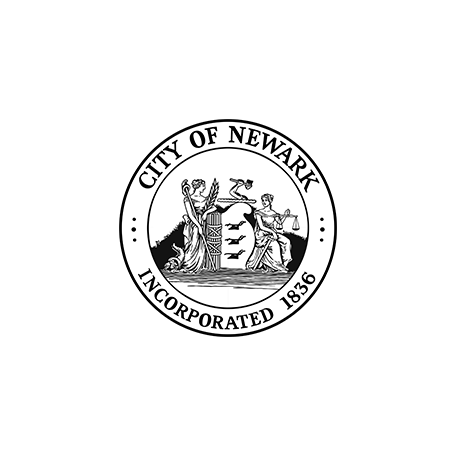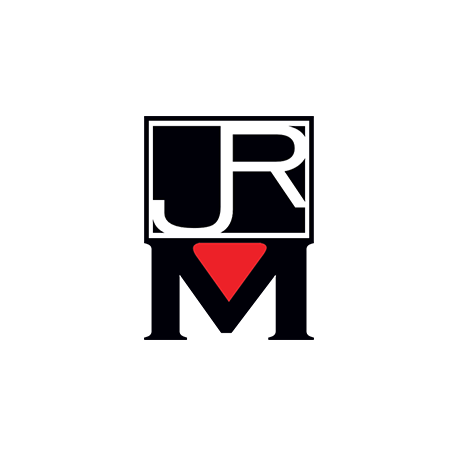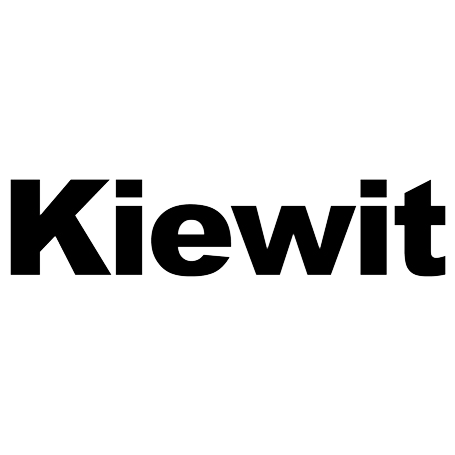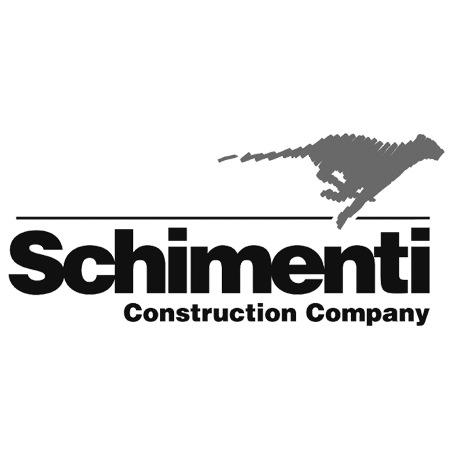Call us at +1 (917)-745-6877 for more info or click here
Safety is a concern for many business owners, especially in the construction industry. The work itself is dangerous and facilitated in precarious conditions. That makes it a top-of-mind area not just for construction managers and supervisors, but for the employees working in these circumstances.
Artificial intelligence offers numerous ways for construction companies to promote healthy and safe working spaces for their construction teams.
Through AI technologies and devices like machine learning, sensors, and more, you can improve your safety strategy, reduce injuries and safety incidents, and even save lives.
Here are some of the options you have for leveraging AI advancements to improve safety in your construction projects.
In recent years, AI has evolved rapidly and presents itself as a tool to increase efficiency and safety in the construction industry.
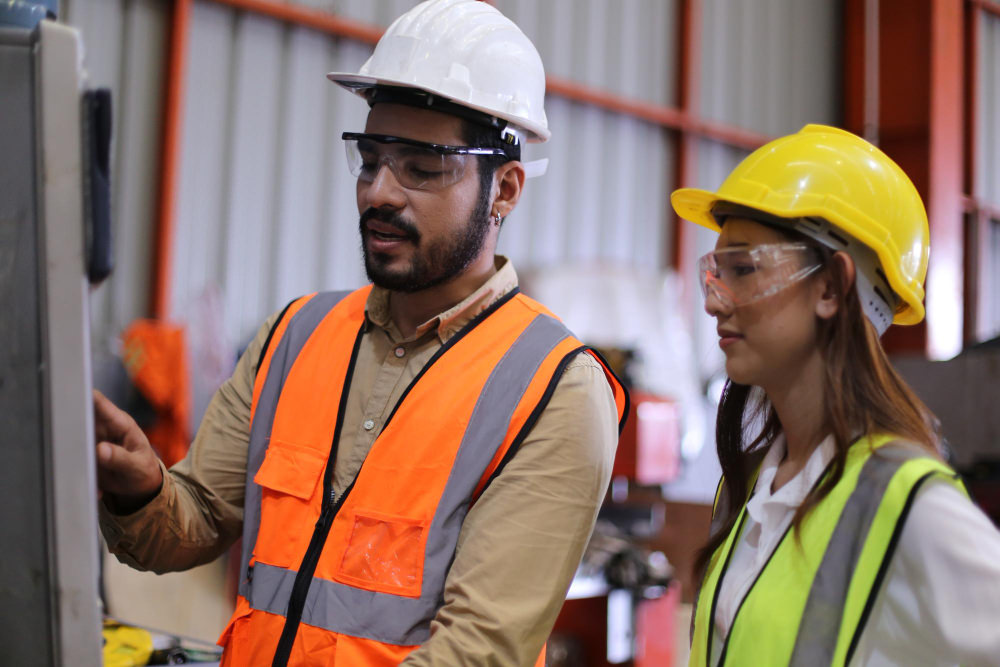
Many construction companies are taking note of the potential of AI in their operations and finding ways to incorporate it into their safety and other departments.
Peak’s Decision Intelligence Maturity Index identified 92% of construction companies that said they had incorporated or planned to introduce AI for the organization.
These include AI technologies such as the following:
These are four benefits of AI for safety in the construction industry. They are also practical methods to introduce and take advantage of AI for your company’s safety measures.
Robotic automation can help remove the danger and some precarious physical work from your construction workers’ scope.
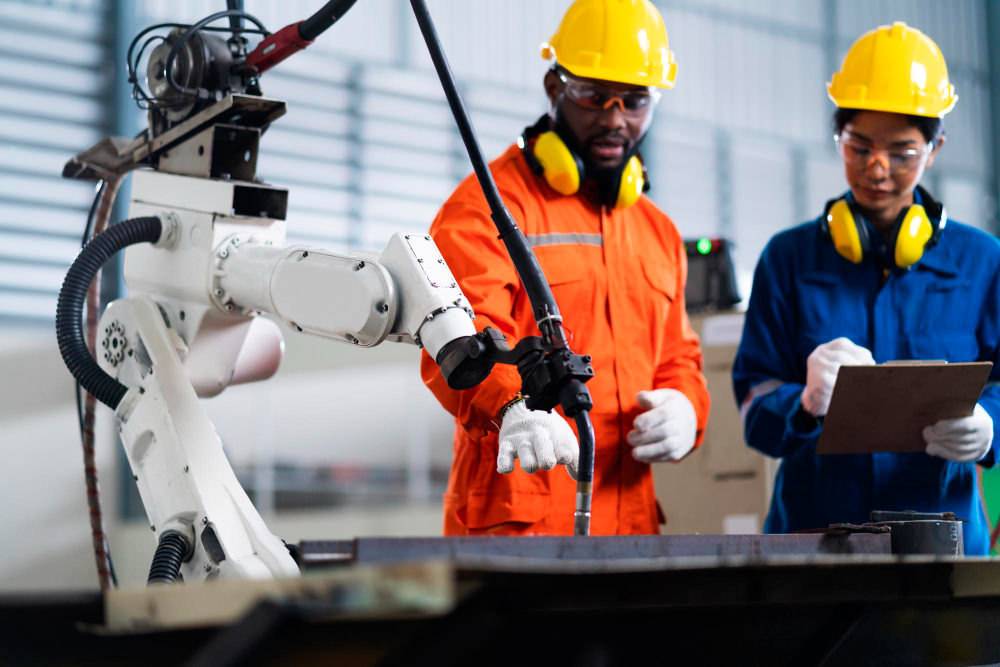
Workers can focus on less risky work, reducing their proximity to situations that can cause them injury or harm. They can, for example, handle heavier weights without trouble, like the Material Unit Lift Enhancer, which can execute heavy lifting of up to 6000 pounds a day.
AI-powered robots can also function more efficiently and eliminate safety concerns that arise from human error. They use machine learning and intelligent algorithms for automation and self-learning. The nature of their data collection and evaluation means they can gather data over periods, learn from it, and improve over time.
A fantastic plus side to this is that AI robots can work in challenging conditions that may otherwise be a health hazard for human workers. This includes circumstances where production results in the emission of harmful chemicals that would affect employee health and safety.
Working hand-in-hand with the reduction of risk-heavy tasks is the benefits AI can have for accident management and prevention. Human error can lead to serious injuries and fatalities and it presents as one of the biggest reasons for accidents in construction workplaces.
According to the U.S. Department of Labor, accident rates increase by 18% and injury rates by 30% during evening work and night shifts across industries. This speaks to the mental capacity of human employees and the effect it can have on their lucidity, decision-making, and productivity.
Where your business cannot introduce robotics to handle risky work, it can utilize AI to gauge employees’ ability to work.
Consider AI-powered vision technologies, which have facial recognition features that can monitor facial expressions and pick up indicators of fatigue like yawning, lowered eyelids, and more.

This can be useful in several areas of your company, including for drivers traveling long distances to transport supplies and heavy machinery, workers completing repetitive tasks on site, etc.
Facial recognition technology is just one way that AI can function as a detector in safety. Wearable sensors are another fantastic way to track workers’ operational capability and ensure their well-being.
Pair devices like smartwatches with artificial intelligence so they can alert you when an employee’s vitals change, particularly when dealing with remote or lone workers.
Anomaly detection with AI can also identify health irregularities and enable individuals to address health issues early on.
In addition, AI-powered sensors can detect irregularities in workplace safety. They can pick up problematic changes in temperature, differences in behavior, equipment errors, potential hazards, etc., and give a warning well in advance.
Construction work is nomadic and unfixed, which makes it difficult to assure construction site safety. Construction sites are unlike office spaces where security features can be installed and monitored permanently. Through a combination of AI mediums, you can create an infrastructure that enhances construction site safety.
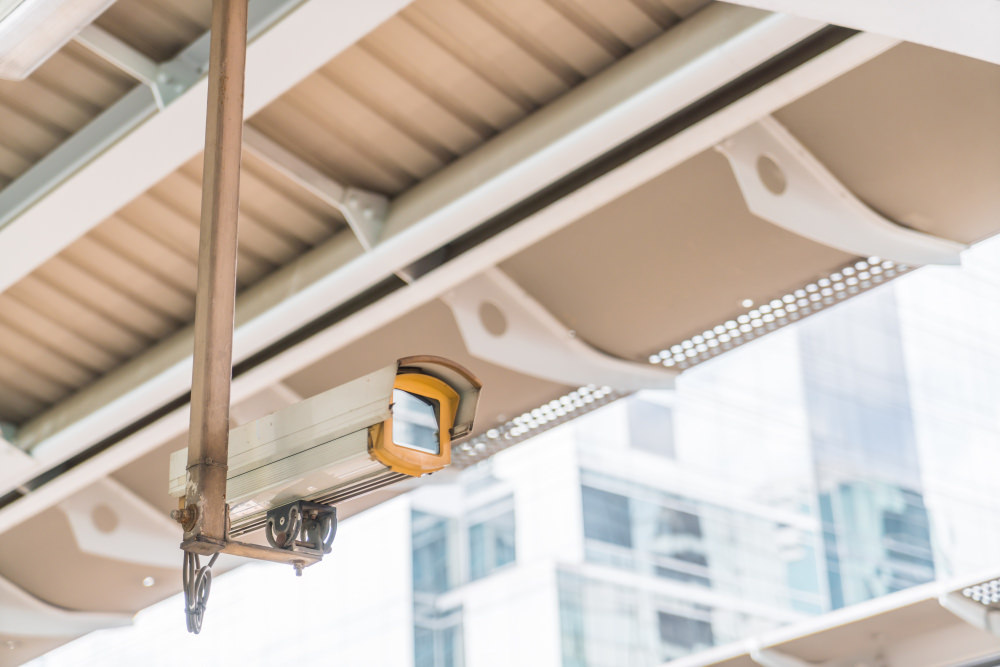
Combine the power of AI vision, sensors, and the IoT to create a network of safety devices that keep watch over your site.
360-degree cameras and video and AI analytics can also identify individuals it doesn’t recognize through facial recognition and alert you of potential intruders.
An AI-partnered remote video surveillance system can monitor your site 24/7, reducing loitering, theft, and vandalism. It also increases your efficiency and capacity as you don’t have to find ways to secure your site and will not experience project delays due to stolen equipment and materials and other issues.
Designing competent and careful safety programs is one of the major tasks of any construction company. It ensures your employees’ well-being and allows them to remain productive without fear for their well-being and health.
Prioritizing safety can also protect you from losses and delays due to injuries, fatalities, theft, and more. Adopt AI today to get your construction company operating at its best.
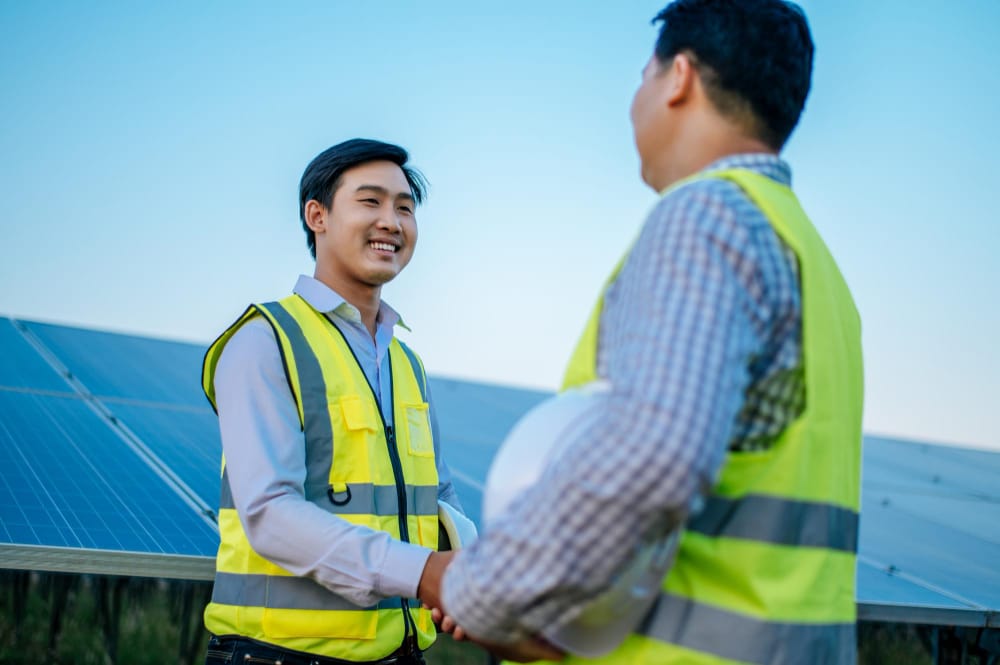
Although construction employees are only 6% of the US workforce, they make up an estimated 20% of workplace deaths. Working in the construction industry comes…
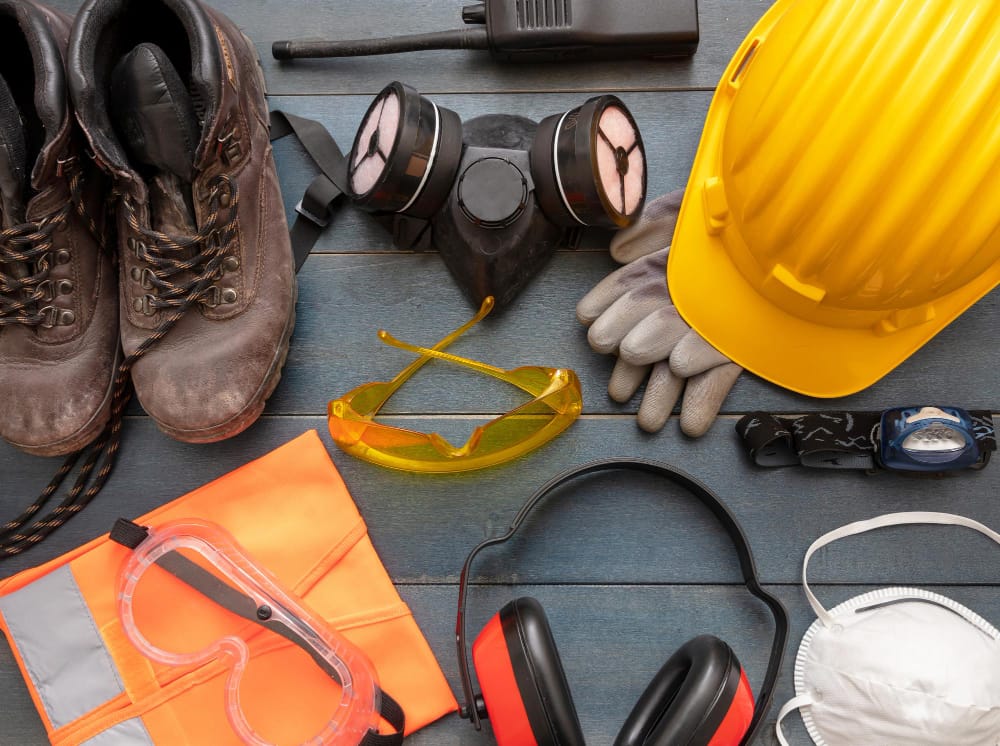
Did you know the construction industry accounts for 20% of work-related injuries in the private sector? Considering construction contractors account for only 5% of the…
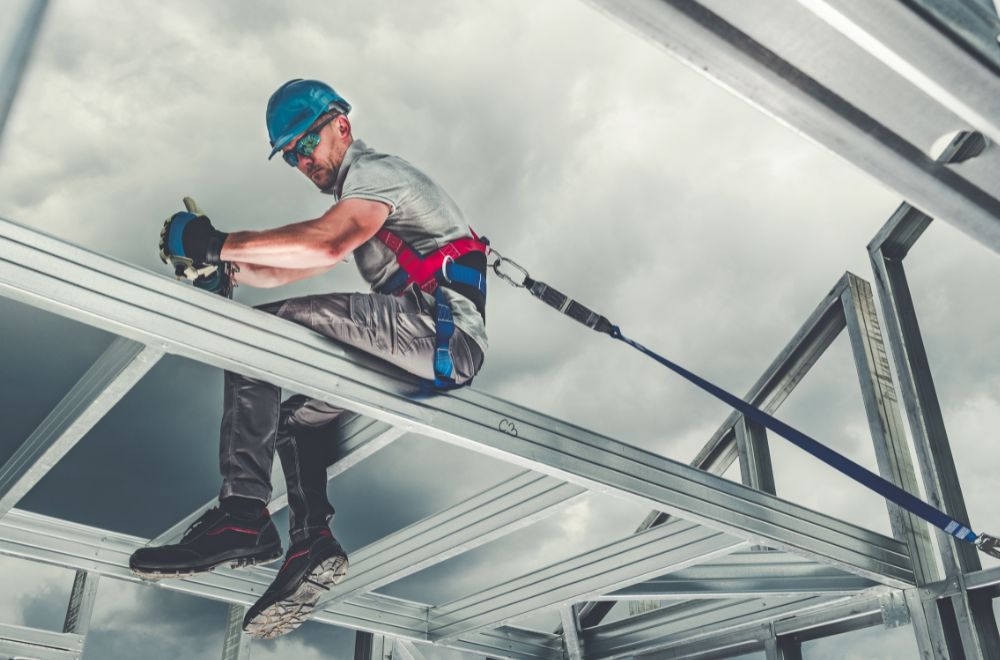
Fall protection equipment refers to systems or devices that are used to protect workers from the dangers of falling while they are performing their duties.…
Selected as #1 by top ENR General Contractors. Loved by thousands of Trade Contractors across the US.
